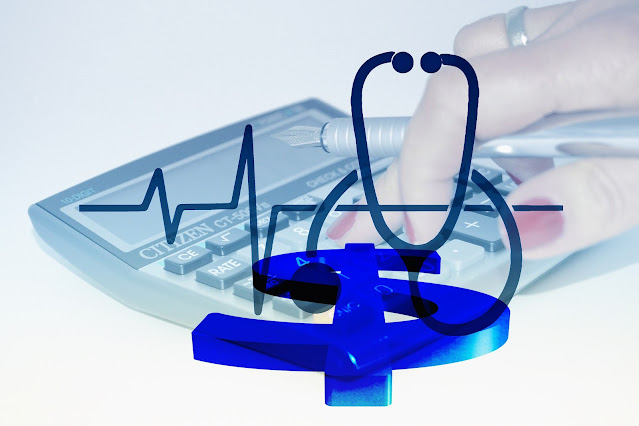Medical Billing for Small Practices
Medical billing for small medical practices, also known as small practice RCM (Revenue Cycle Management), follows a similar process to larger practices but on a smaller scale. The objective remains the same: efficiently manage the billing and reimbursement process. Here's an overview of how medical billing works for small practices and the role of RCM for small practices:
- Patient Registration: Small practices collect patient information, including insurance details and referrals, during registration. This step is crucial for accurate billing and reimbursement.
- Coding: Healthcare providers assign appropriate medical codes, such as CPT and ICD, to the services provided. These codes help identify procedures, diagnoses, and treatments, ensuring accurate billing.
- Claim Generation: Medical Billing for Small Practices requires a software or outsource their billing to generate claims. The software compiles patient and service information, assigns corresponding codes, and calculates fees. This streamlines the claim creation process.
- Claim Submission: Claims are electronically submitted to insurance payers or sent via paper if necessary. Small practices often employ clearinghouses as intermediaries to streamline the submission process and ensure compliance with payer requirements.
- Adjudication: Insurance payers review claims to assess coverage and reimbursement eligibility. They evaluate medical necessity, policy adherence, and coding accuracy. Payers may approve the claim, deny it, or request additional information.
- Payment Posting: Insurance payers pay the small practice once a claim is approved. Practices receive an Explanation of Benefits (EOB) or Electronic Remittance Advice (ERA) detailing payment details, adjustments, or denials. Payments are posted, and patient accounts are adjusted accordingly.
- Patient Billing: Small practices generate patient statements indicating any remaining balance after insurance payments, such as copayments, deductibles, or coinsurance. These statements are sent to patients along with payment instructions.
- Follow-up and Collections: Small practices diligently follow up on unpaid or partially paid claims. They may communicate with insurance payers to resolve discrepancies or appeal denied claims. Practices also engage with patients regarding outstanding balances. In some cases, collections activities may be necessary to recover unpaid amounts.
Utilizing specialized medical billing software or outsourcing to dedicated medical billing companies can be beneficial to streamline the medical billing process and optimize revenue cycle management for small practices. These solutions cater to small practice RCM needs, assisting with claim management, payment tracking, and overall revenue cycle efficiency.




Comments
Post a Comment